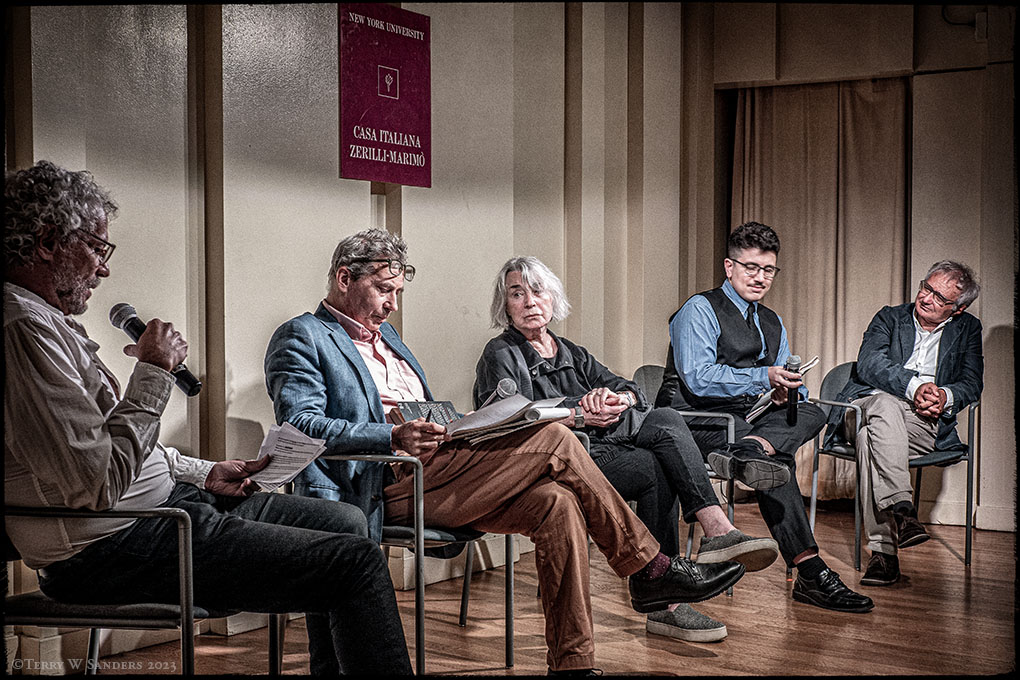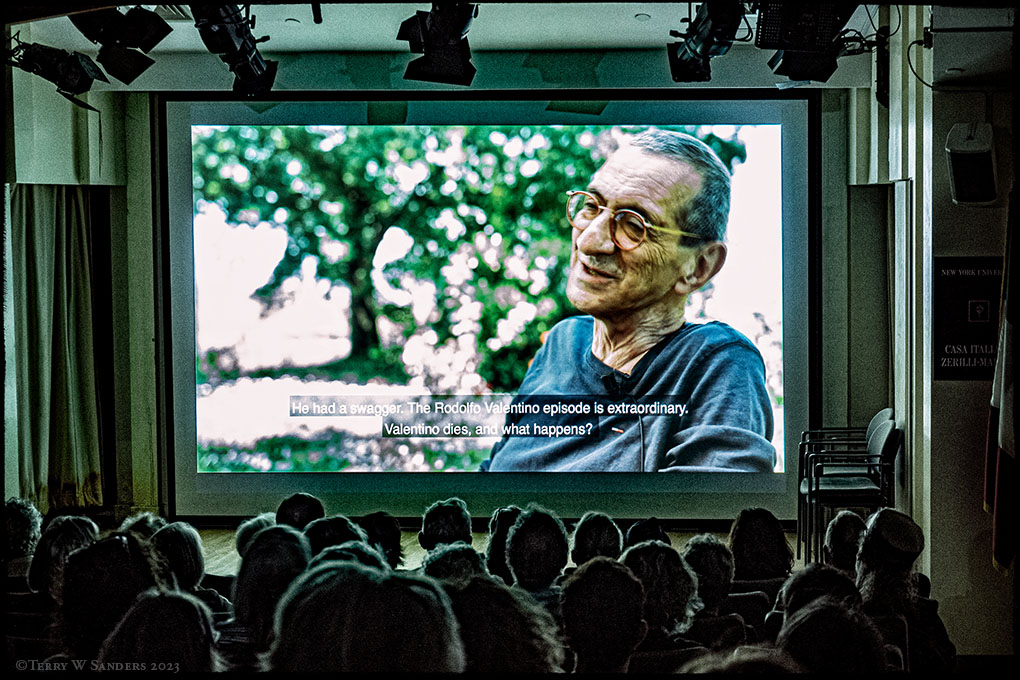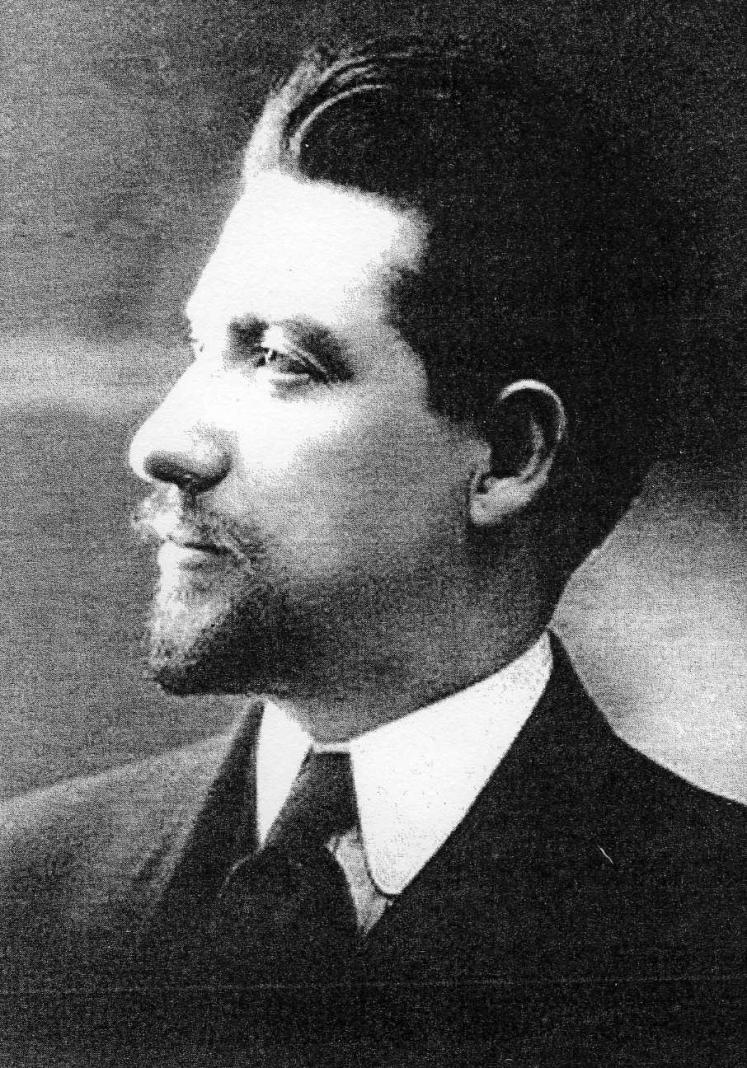On Monday, April 22, at NYU Casa Italiana Zerilli-Marimò, in collaboration with The John D. Calandra Italian American Institute, there was a screening of L’uomo più buono del mondo: La leggenda di Carlo Tresca by Angelo Figorilli and Francesco Paolucci. This was followed by a conversation featuring Claudio Gatti, Figorilli, Alexander Stille, Dorothy Gallagher (Tresca’s first biographer with the book “All the Right Enemies”), and myself.

Tresca was one of the most important American radicals and union organizers of the first decades of the 20th century. He was part of an Italian American subculture known as the sovversivi. This group comprised communists, anarchists, and socialists of all types. Being a part of this group led Tresca to oppose several groups in Italian America, including the mafia, exploitative Catholic priests, and the prominenti, the Italian American elite, who Tresca argued exploited the immigrant community for their gain. With the rise of Mussolini, Tresca became one of the leading anti-fascists in America. He made many enemies and ultimately met his fate by gunshot.
As noted by Figorilli, the documentary itself does not uncover anything new. Instead, through the voices of Tresca “paesani”, it is a celebration of one of Sulmona’s greats. In the film, some significant strikes that Tresca participated in are noted, such as the Lawrence Textile Strikes and the Paterson Silk Strike. In addition, Tresca’s anti-fascism and Tresca’s battles with Gene Pope – one of Mussolini’s strongest allies in America – are discussed. The documentary emphasized that Tresca’s international, humanistic, and progressive values should be continued today. The writer Maurizio Maggiani, one of the featured voices, concluded that Tresca was the nicest man in the world.

Following the film, a series of questions were posed to the panel. One question that stood out was when Claudio Gatti asked if Tresca could be considered an international figure. I answered yes, because Tresca, though based in the U.S., was deeply concerned with and fought against the rise of fascism in Italy and helped raise funds for the left during the Spanish Civil War. The audience asked several questions with a strong emphasis on the importance of unions raised several times.
Even though Tresca was assassinated 80 years ago, his work remains relevant. On the topic of unions, there has been a surge in unionization, and many Americans are warming up to unions again. Some of Tresca’s tactics and strategies could be of use today. Tresca’s anti-fascism is also valuable due to a notable increase in far-right extremism and violence that the U.S. is currently experiencing. Tresca also fought over the meaning of Italian identity, which is still contested in Italian America today.

Monday was Carlo Tresca’s night. Unfortunately, we do not have an annual Carlo Tresca Day. One of the speakers in the documentary noted that Tresca was known better in America than in Italy. Though this was true in Tresca’s lifetime, the memory of Tresca is at least physically seen and felt in Sulmona today with a plaque, a public bust, and a street name. Joseph Sciorra and I have fought to get a memorial placed on the corner where Tresca was assassinated on 6th Avenue, with no success. Unfortunately, the Italian American leadership of today would rather spend their energy and capital defending monuments and holidays that celebrate an early modern colonialist who has more in common with Cortez and John Smith than Italian America, which Tresca’s life and actions represented so well. That does not mean we should give up, though, because I know Tresca would not have.












